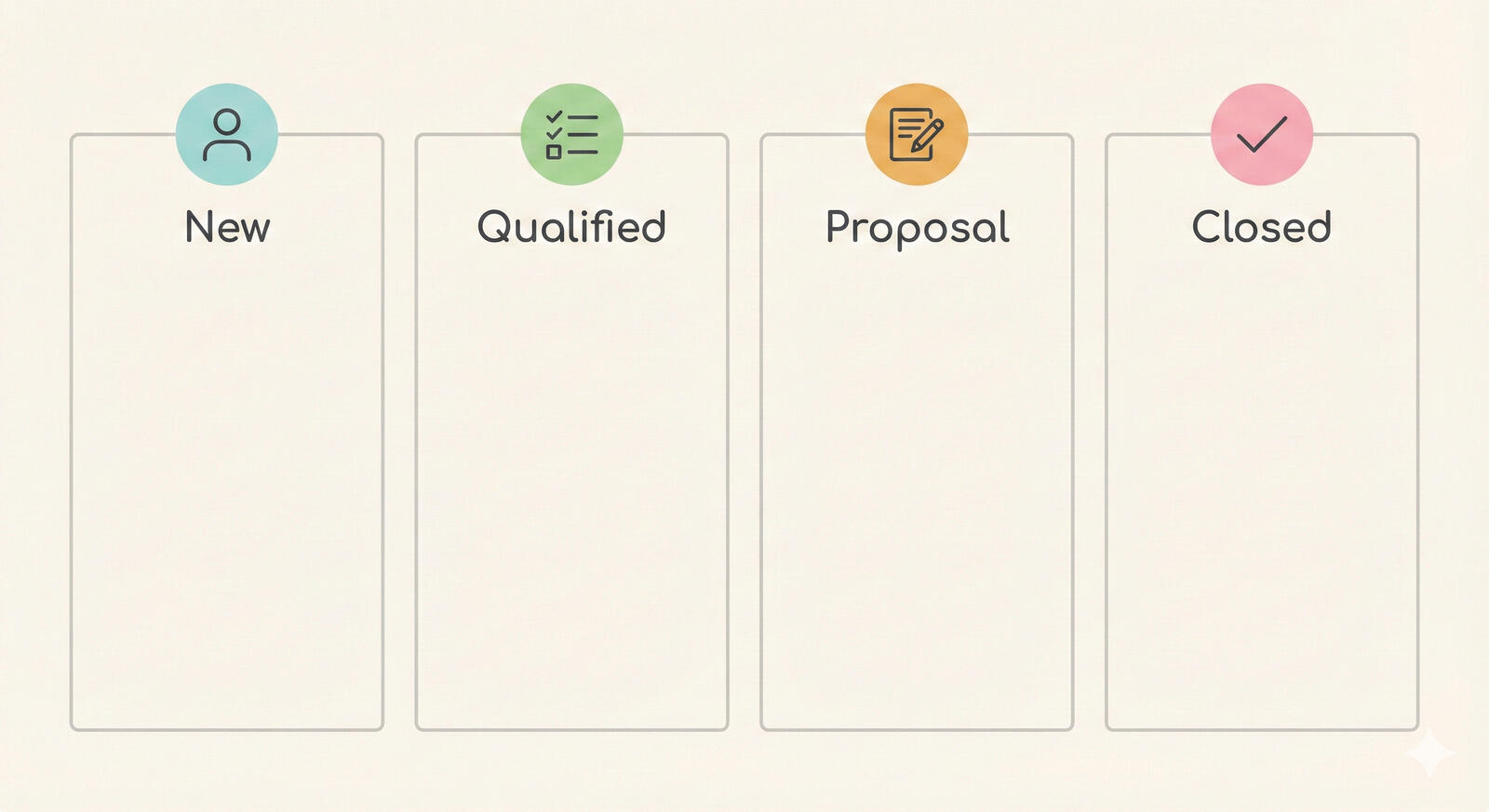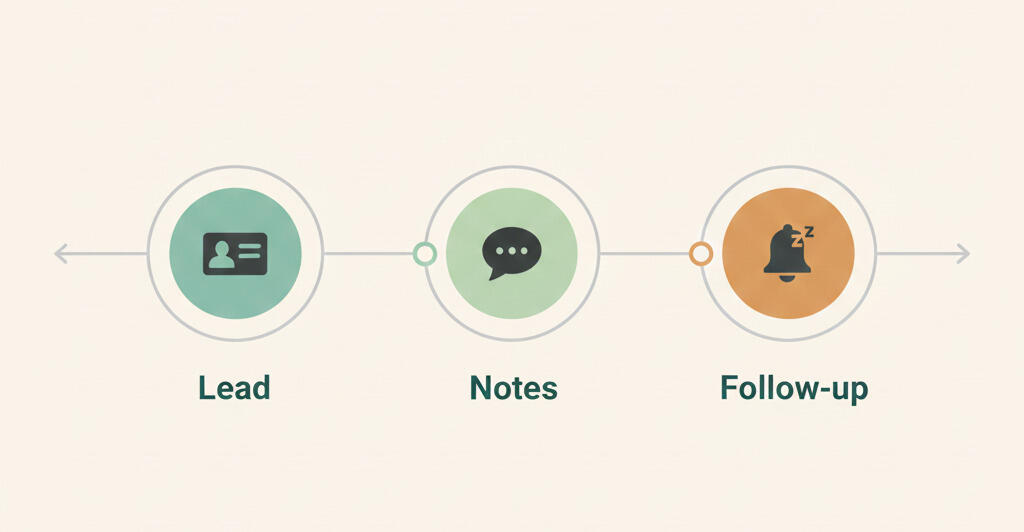How to create a daily schedule
At the beginning of each work day, you have a lot to accomplish. By the end of the day, you still have pending deliverables. Does this scenario sound familiar?
Stressing about completing everything at once can lead you to constantly switch from one half-done task to the next. You could end up overworking and sacrificing your work-life balance to meet deadlines. Fortunately, you can set things right with daily and weekly work plans.
This blog post explains how you can manage your time optimally with a daily agenda. You'll also find step-by-step guidance and tips on creating a practical daily schedule.

What is a daily schedule and why is it important?
A daily schedule is a time management technique involving the systematic arrangement of a day's events. If you've looked at meeting agendas, they list the order of discussion topics with a time limit for each topic. Similarly, a daily schedule systematically lists the day's activities. The daily agenda allows assigning time slots for every activity that should be completed during the day.
Once set, your daily schedule will serve as a reminder of:
- What task needs to be completed when
- When to begin a specific task and how long you have for completing it before moving to the next activity.
Creating a daily schedule offers a host of benefits:
- Effective time management - you're productive each day
- Lowered stress levels as you needn't worry about what to work on and when - you have it all planned out on your schedule
- Fewer instances of rushing through tasks at the end of the day, thereby reducing overwork
How to create a daily agenda that works
The following 4-step guide with useful tips and tricks can help you plan your day efficiently.
Step 1: Assess your goals and tasks
First, make a list of all your to-dos. What do you want to achieve? You may have short-term goals, long-term goals, and milestones to achieve. List out actions you need to take to accomplish the goals and milestones.

If you have long-term goals, you wouldn't be able to complete them in a day. Break down each long-term goal into smaller sequential steps. You can work on one step at a time, one step a day. You'll feel obligated to work on these daily goals. As you complete something each day, it will be easier to track and manage progress.
Your list should also contain everyday activities such as stand-up calls, review meetings, and reporting. Include your lunch time, other breaks, workout, travel, and other personal activities too. It will help you achieve a better work-life balance.
Once you've listed down all your goals and tasks, prioritize them. Prioritizing can help identify tasks that must be addressed first while drafting your daily agenda. Here are a few tips to help you:
- Add deadlines for each task. If there's no defined time limit yet, add a tentative deadline. Next, sort the tasks based on urgency so you know what needs to be addressed first.
- Based on your understanding, mark tasks as high, medium, and low priority. The high-priority activities can be taken up before the medium and low-priority ones.
- If a colleague can begin a task only once you complete your part, prioritize that task.
- Rank tasks on a scale of 1-10. Give a rank of 1 for critical tasks, tasks that can impact a project significantly, and activities that must be completed as soon as possible. The least important tasks may be ranked 10.
Step 2: Pick the right tool for managing your daily schedule
It's important to use an appropriate format and tool to create your daily schedule so you can manage your daily activities seamlessly. You can use either pen and paper or a digital tool.
Should you use a paper planner?
Here are the advantages of using pen and paper to create and manage your daily agenda.
- If you're writing down your daily schedule, you're likely to remember it better.
- Unlike complex tools that need some learning, you can begin using a paper planner right away.
- You can personalize your schedule with colors, art, etc.
- You won't be accidentally deleting information. Once you've written your to-dos and notes, they stay there.
Maintaining a paper-based daily schedule has disadvantages too.
- Once you've customized your daily schedule with colors, it can be difficult to undo changes or make further edits.
- Reordering tasks on paper can be difficult. You will have to rewrite the whole schedule and this can take up additional time, effort, and cost.
- When you work out of multiple locations - home and office - you'll have to carry your daily schedule along wherever you go.
- Writing detailed notes on task progress, challenges faced while addressing a task, etc., can use a lot of time, space, and paper.
- Storing and organizing paper-based daily schedules can be difficult. You may have to go through plenty of sheets carefully just to refer to a project you worked on months ago. That sheet of paper may even be damaged or lost.

Should you use an online tool?
Creating your daily schedule online can be effective. A project management tool such as Breeze offers all the advantages of a paper planner and a lot more. It is intuitive, so marketers, designers, accountants, and managers can maintain their daily schedules with ease.
Here are the top reasons for opting for an online tool such as Breeze to create your daily agenda and manage it.
- Access: You can access your daily schedule from anywhere and at any time from your computer or phone.
- Ease of use: Unlike a paper-based daily schedule that requires rewriting, Breeze lets you sort and reorganize to-dos with a drag-and-drop feature. Editing details and fixing errors is easy.
- Collaboration: A task in your daily agenda may need collaboration or you may be working on a public task. Breeze allows you to share ideas, tasks, reports, etc., right on the tool.
- Customization: You can customize activities in your schedule with colors of your choice, custom statuses, tags, and custom fields.
- Tracking and convenience: It's easy to keep track of every task you're working on and view task progress. You can mention users, attach the right project and notes, reply to comments, etc.
- Notifications: You can opt for daily or hourly recaps to ensure you're on track. Smart notifications alert you of any crucial developments in a project you're working on.
- Work summary: You needn't search for pending tasks, project status, etc. The Home tab on Breeze offers a quick at-a-glance overview of project status, statistics, and more.
Step 3: Organize your daily schedule
Now that you have a detailed list of your tasks and have chosen an appropriate tool for managing your daily schedule, it's time to organize the tasks. Placing tasks randomly one after the other will not help you stay productive.
In step 1, you've already added task deadlines, priorities, and ranks. Organize tasks thoughtfully to ensure you don't spend too much time on individual tasks. Arrange your to-dos in one of the following ways to make the most of your daily schedule.
An hourly schedule: Time blocking can work as a powerful schedule management strategy. Divide your work hours into one-hour slots or time blocks. Next, place the most important to-dos under your most productive hours. The remaining tasks can be taken up during the rest of the day. You may set hourly alarms to help you stick to the schedule.

The Pomodoro technique: If an hourly schedule seems difficult, begin with the Pomodoro technique. Here, you divide your calendar into 25-minute time blocks for work deliverables followed by a five-minute break after each work slot. Assign a longer break of 15-30 minutes after four consecutive work slots. Repeat the pattern to prepare your whole day's schedule.
Priority-wise scheduling: Organize tasks based on the priorities assigned in step 1. Begin with the high-priority tasks, followed by medium- and low-priority ones. Assign practical start and end times for every task. Remember to include recurring activities such as meetings at their fixed time.

Time batching: Create batches of similar tasks from your list in step 1. Arrange them logically so you can complete similar tasks one after the other. Time batching ensures minimal context switching and lesser distractions, thereby boosting productivity.
Deadline-based task scheduling: In this method, address tasks with the earliest deadlines first. Allocate realistic timelines for each task so you're able to complete the whole day's activities without delay.

Step 4: Review and adjust your daily schedule
Once you begin managing your work and time with a daily agenda or schedule, you'll realize how long it actually takes to complete certain tasks. The realization can help you improve your schedule, understand areas that need change, and identify tasks that must be delegated. Stay flexible and adjust your daily schedule regularly.

If a task takes longer than expected, either find ways to complete it faster or move some of your tasks to a different day or person. Have you allocated two hours for creating a marketing plan that will require three hours? Adjust your schedule. If you've taken up more work than you can handle, see if a lower-priority deliverable can move to another day. Alternatively, speak to your manager to reassign some deliverables to a team member. Adjustments and task reallocation can be done easily in Breeze.
Review your daily schedule to understand if you've been spending time wisely. Have you been spending most of your time where it really matters? Adjust your schedule if you're getting too little time for crucial tasks.
Prepare your daily schedule with Breeze!
Following a daily schedule adds structure and efficiency to one's workday. It can help you become more productive while reducing work-related stress. It improves work-life balance and makes days more predictable.

People across work streams have been using Breeze to manage their daily schedules easily. Join them now. Get started.








